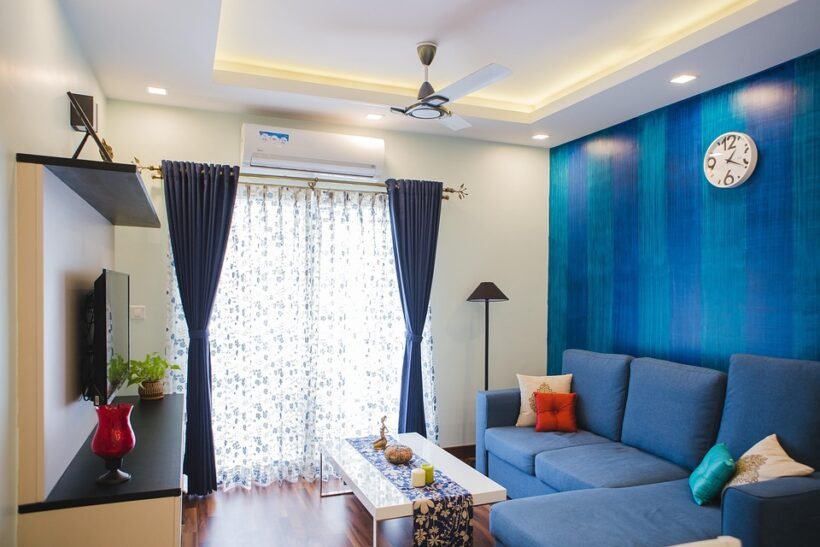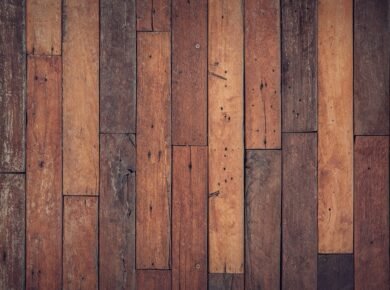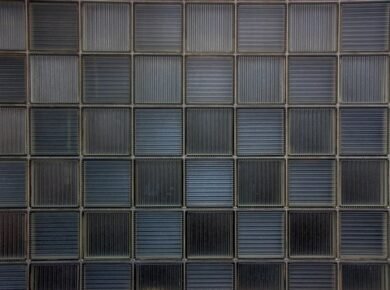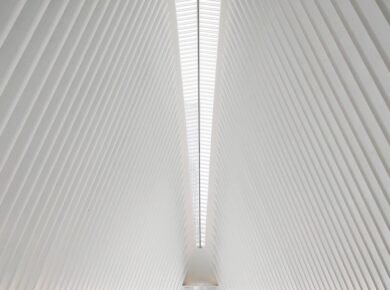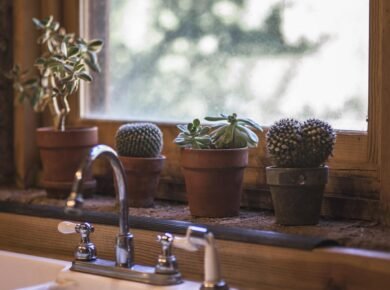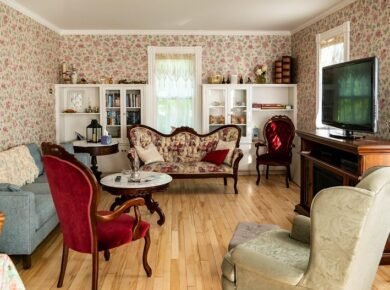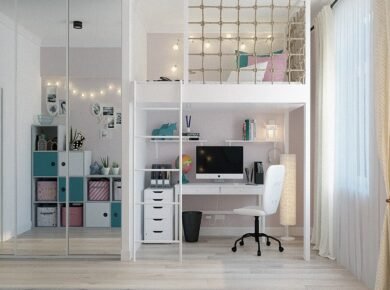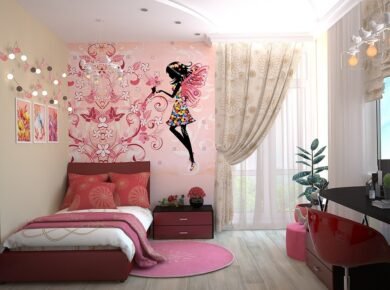Sustainable Materials Taking Center Stage
In the world of interior design, eco-friendly trends are evolving from niche choices to mainstream must-haves. Homeowners are increasingly seeking pieces that not only enhance aesthetics but also minimize environmental impact. One of the most prominent trends is the use of sustainable materials like reclaimed wood, recycled metals, and responsibly sourced timber. These materials bring a rustic charm while telling a story of reuse and conservation.
Consider how reclaimed wood can transform a living room. Tables crafted from salvaged barn beams or recycled pallets offer a warm, textured look that’s both durable and stylish. Brands are leading the charge in this area. For instance, Sideboards & Things, founded by Natalya, specializes in durable sideboards, buffets, and accent cabinets sourced globally. Natalya focuses on blending cultures and styles, using sustainably sourced materials such as repurposed wood and iron, along with environmentally friendly paints and finishes. Their collection includes standout pieces like the Remix Travertine Top Round Coffee Table, which combines natural stone with recycled elements for a modern, earthy vibe. Similarly, the Oasis Solid Wooden Storage Coffee Table and Mappa Wooden Rectangular Coffee Table emphasize functionality without compromising on sustainability, making them ideal for eco-conscious spaces that prioritize both form and function.
This trend extends to larger furniture items as well. Upholstered pieces made from top-grain leathers and natural fibers are gaining popularity for their longevity and low-maintenance appeal. Uptown Sebastian exemplifies this commitment to sustainability through American manufacturing. They work closely with manufacturers who design and benchmark furniture using top-grain leathers, offering customizable options that adhere to high industry standards. Their “AMERICAN MADE” products ensure that every piece supports local economies while reducing the carbon footprint associated with international shipping. A custom sofa from Uptown Sebastian can serve as the focal point of a living room, blending luxurious comfort with ethical production practices.
Low-VOC Finishes for Healthier Homes
Beyond materials, the finishes applied to furniture play a crucial role in creating eco-friendly interiors. Volatile Organic Compounds (VOCs) in traditional paints and varnishes can off-gas harmful chemicals, affecting indoor air quality. The shift toward zero-VOC or low-VOC options is a game-changer, allowing designs that look polished without the health risks.
Online retailers are making these options accessible. Take LOOMLAN, an online retailer specializing in home furnishings and decor. They emphasize “Zero-VOC finishes” in their sideboards, promoting healthier indoor air quality by reducing harmful emissions. LOOMLAN’s sales portfolio is diverse, including furniture like sideboards, dining chairs, bookcases, sofas, buffets, and bedroom benches. Their tables—accent and coffee varieties—along with indoor-outdoor rugs that are washable, add versatility to any space. Decorative pillows round out the collection, offering soft accents that tie rooms together. What sets LOOMLAN apart is their customer support and order tracking via a chat function on the website, ensuring a seamless shopping experience for those building sustainable homes.
These finishes don’t sacrifice style. A sideboard with a zero-VOC coating from LOOMLAN can feature a sleek matte surface that complements minimalist decor or a subtle sheen for more traditional settings. Paired with natural lighting, such pieces create serene environments that feel fresh and inviting, proving that green choices can be visually stunning.
Natural Fibers and Textiles for Cozy Vibes
Textiles are another arena where eco-trends shine, with natural fibers like organic cotton, linen, and wool dominating the scene. These materials are breathable, biodegradable, and often sourced from regenerative farms, aligning with circular economy principles. In interiors, they manifest in curtains, upholstery, and rugs that soften hard surfaces and add warmth.
Rugs, in particular, are trending toward washable, durable options made from recycled PET bottles or natural jute. LOOMLAN offers indoor-outdoor rugs that fit this bill, providing easy maintenance without environmental trade-offs. Imagine layering a low-pile, washable rug under a dining table—it’s practical for families and pets while maintaining an upscale look. These textiles pair beautifully with wooden furniture, creating layered textures that elevate the room’s depth.
Sustainable upholstery is also on the rise, with fabrics derived from hemp or bamboo offering antimicrobial properties and a soft hand-feel. Designers are mixing patterns thoughtfully, using earthy tones like terracotta and sage to evoke nature indoors. This approach not only looks good but also supports biodiversity by reducing reliance on synthetic dyes and pesticides.
Multifunctional and Modular Designs
Eco-friendly interiors thrive on versatility, where multifunctional and modular furniture reduces the need for excess items. Ottomans that double as storage, beds with built-in drawers, or sectional sofas that reconfigure for different layouts minimize waste and maximize utility. This trend appeals to urban dwellers with limited space, blending Scandinavian simplicity with practical innovation.
Brands like Sideboards & Things incorporate this ethos into their buffets and cabinets, which often feature hidden compartments for organized living. The Uptown Sebastian line takes modularity further with customizable sofas that adapt to changing needs, crafted from sustainable leathers that age gracefully over time.
Lighting plays into this too, with modular LED systems made from recycled glass or bamboo shades. These fixtures provide ambient glow without energy waste, enhancing the mood of a space while keeping things green. The result is interiors that feel alive and adaptable, reflecting a lifestyle that’s mindful and modern.
Bringing the Outdoors In with Sustainable Accents
Biophilic design, which integrates nature into interiors, is booming. Plants, natural stone, and outdoor-inspired elements create tranquil retreats. Eco-trends here focus on durable, weather-resistant materials that blur indoor-outdoor boundaries, allowing seamless flow in open-plan homes.
For those extending this to patios or sunrooms, LOOMLAN Outdoor specializes in luxury outdoor living. They emphasize superior craftsmanship, sophisticated design, innovation, and durable materials committed to sustainable practices. Utilizing earth-friendly options like wicker made from 100% virgin vinyl with UV inhibitors, FSC-certified fast-growing Teak, reclaimed Teak, and aluminum for furniture frames, their offerings include outdoor seating, tables, and lounge furniture. A daybed from LOOMLAN Outdoor, with its weatherproof yet elegant weave, can transition indoors during off-seasons, adding a resort-like feel to reading nooks.
Accent tables in reclaimed Teak bring organic shapes and grains that mimic forest floors, grounding the space visually. This trend encourages using potted greenery alongside these pieces, fostering a connection to the environment that rejuvenates the soul. Aluminum frames, lightweight and recyclable, support sling seating that’s both comfortable and low-impact.
Earthy Color Palettes and Minimalist Aesthetic
Color trends lean toward muted, nature-inspired hues—think soft greens, warm beiges, and deep charcoals. These palettes harmonize with sustainable materials, creating cohesive looks that avoid overwhelming patterns. Minimalism remains key, focusing on quality over quantity to reduce consumption.
Incorporate this with pieces from LOOMLAN, where sofas in neutral fabrics invite personalization through throw pillows made from recycled materials. Bookcases from their collection, finished with zero-VOC treatments, showcase books and plants without visual clutter. The overall effect is serene, promoting mindfulness in daily living.
Wall treatments follow suit, with limewash paints from natural clays offering a textured, breathable alternative to vinyl wallpapers. These finishes, often zero-VOC, enhance acoustics and humidity control, making rooms feel more balanced. Paired with multifunctional furniture, they craft spaces that are as beautiful as they are beneficial.
Innovation in Eco-Decor Accessories
Accessories round out these trends, with vases from recycled glass, mirrors framed in bamboo, and artwork on salvaged wood canvases. These elements add personality without excess, supporting artisans who prioritize green methods.
Sideboards & Things extends this to decorative cabinets that double as display units, housing eco-accessories like ceramic pieces from upcycled clay. Meanwhile, Uptown Sebastian‘s customizable benches provide seating that integrates storage for blankets woven from organic wool.
The beauty lies in the subtlety—trends that enhance rather than dominate, ensuring longevity in design choices. As consumers demand more, retailers like LOOMLAN Outdoor innovate with modular outdoor sets that incorporate indoor fabrics, fostering versatile living areas year-round.
Embracing these trends means curating homes that reflect personal style while honoring the planet. From the sturdy sideboards of Sideboards & Things to the luxurious loungers of LOOMLAN Outdoor, options abound for creating spaces that are sustainably chic.
Recommended Stores

LOOMLAN
Home furnishings and decor with Zero-VOC finishes: sideboards, dining chairs, sofas, rugs, and more.

LOOMLAN Outdoor
Luxury outdoor seating, tables, and lounges. Sustainable FSC teak, aluminum, and UV-stable wicker.

Sideboards & Things
Durable sideboards, buffets, and accent cabinets. Repurposed woods, eco-friendly finishes, and unique global styles.

Uptown Sebastian
American-made customizable furniture in top-grain leathers. Premium craftsmanship with a focus on sustainability.
